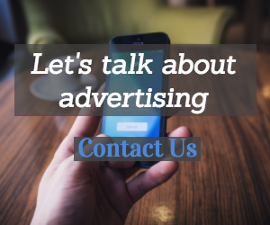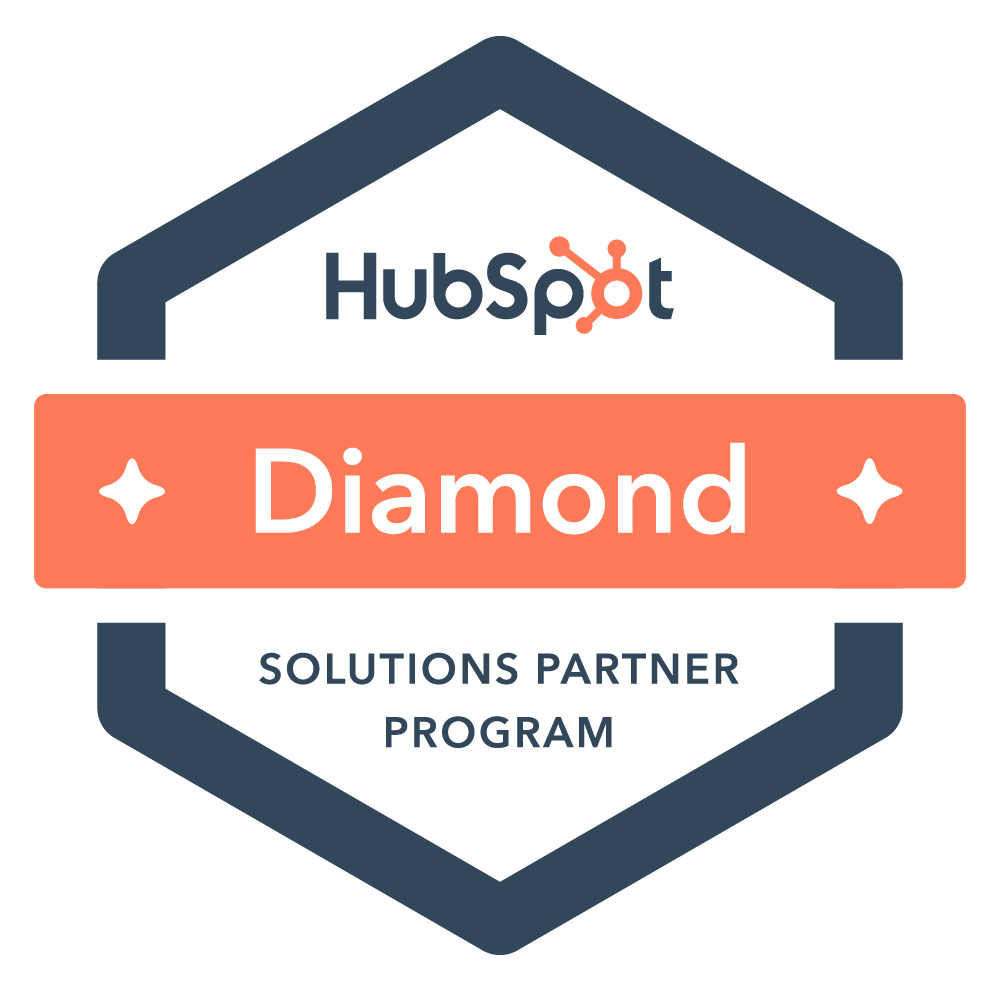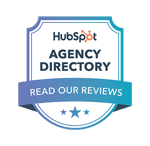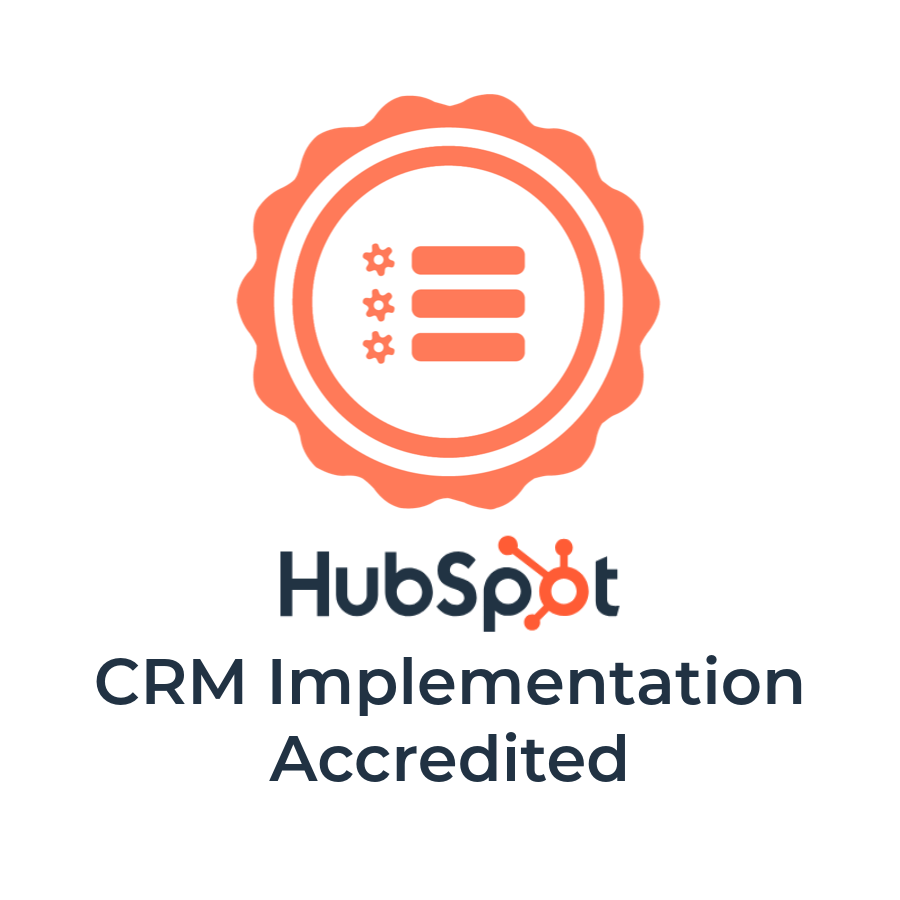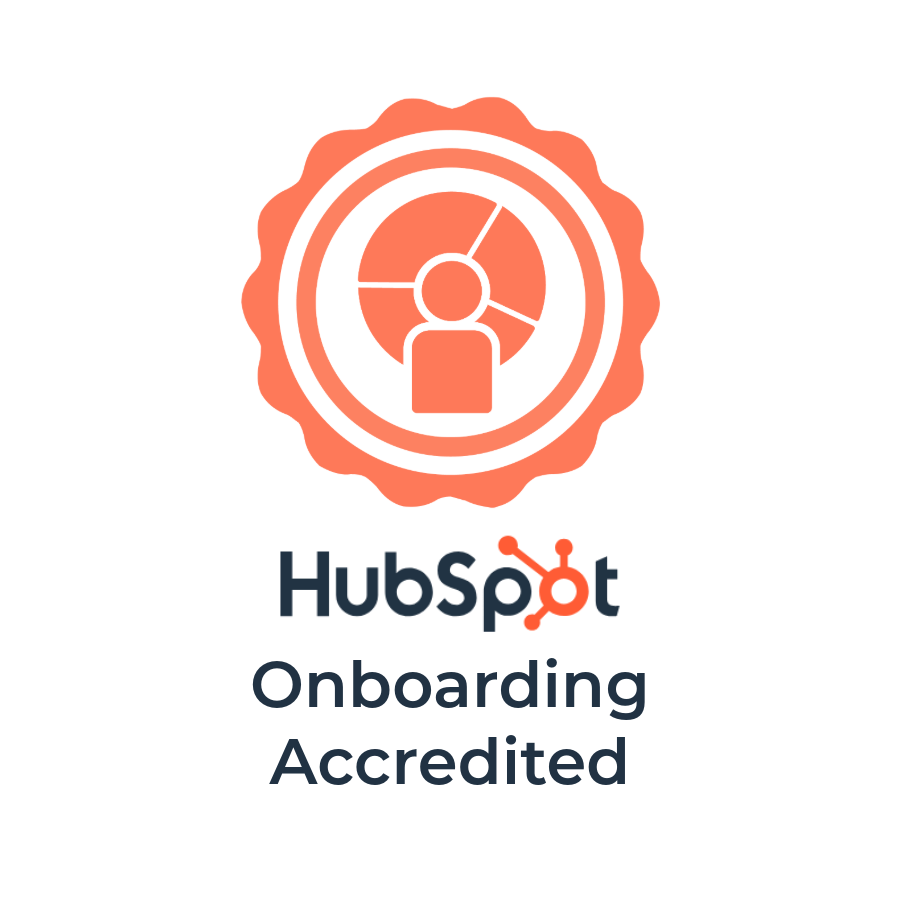Facebook Retargeting: When and How to Use it


It’s no secret that Facebook is one of the most effective tools at an advertiser’s disposal today. The platform is virtually ubiquitous — giving advertisers access to billions of people. It’s user-friendly and provides a multitude of options for targeting. But one of the most valuable capabilities provided by Facebook is the ability to retarget ads to individuals who have already expressed interest in what your company has to offer.
Retargeting is a powerful tool on its own. And when coupled with an inbound advertising strategy, businesses can increase the effectiveness of their marketing efforts. Let’s look at the basics of retargeting with Facebook, and how it can play an important part in your inbound advertising initiatives.
What is Retargeting?
Retargeting is the process of pushing ads to people who have already expressed some level of interest in your product. Inbound advertisers have slowly grown to accept this practice over the years because it places an emphasis on providing a solution for those who are already looking for help, rather than throwing interruptive ads in front of as many people as possible.
Why is Retargeting important?
It’s easy to dismiss the value of retargeting. Some might ask: “What’s the point of pushing ads to people who have already seen my product and chosen not to buy?”
Though this question sounds logical, the reality of online selling tells a different story. The fact is, a vast majority of people aren’t willing to buy during their first visit to a website. By pushing relevant content to people who have already chosen to view your content, advertisers can greatly increase the likelihood of conversion.
Sold on the idea of retargeting yet? Here are a few different methods you can try.
Retargeting Website Visitors
This is one of the most common retargeting methods used by marketers today. By placing your custom embed code on specific website pages, you can automatically capture and store the metadata (Facebook protects these people’s names and personal info) of anyone who lands on that page — as long as they’re signed into Facebook while they’re visiting. These people are then added to a custom list in your Facebook ad manager, and can be reached again with subsequent ads.
Targeting Email Subscribers
Your email list can be used for more than email marketing. You can set up custom audiences in your Facebook ads manager profile with the email addresses you’ve collected. These email addresses have excellent potential, as they represent individuals who have already given you consent to market to them. All you need is an Excel spreadsheet and a Facebook ads account.
The Power of Lookalike Audiences
One of the most useful features provided by Facebook ads is something called "lookalike audiences." This feature allows you to expand the number of potential customers in a strategic, effective manner. Facebook can automatically pull the metadata from your existing fans, email subscribers and website visitors — then create new lists of people with similar demographics and interests who are likely to be interested in your offerings.
Retargeting existing Facebook followers
If your company already has a Facebook page with a considerable following, retargeting your ads to existing followers is a useful strategy. But why would you pay money to reach people who are already following your page? Wouldn’t it be smarter to depend on an organic strategy? Not exactly.
Because Facebook is the biggest social network in the world, it’s becoming more and more difficult for inbound advertisers to reach the majority of their followers organically (the way they’d prefer to reach them).
Increasingly finicky Facebook algorithms caused the reach of organic posts to plummet from 16% in 2012 to a shocking 6.5% in 2014. Then, in 2016, a Facebook engineering director warned that recent algorithm updates would likely cause a further dip in organic reach that could push it down to lower than 2%.
How can inbound marketers overcome these stringent limitations? By paying money. It’s best for marketers to live under the assumption that organic reach on Facebook will someday reach 0. But don’t give up on the value of followers just yet.
It’s still cheaper to advertise to existing followers, and doing so can provide you with a cost-effective test group that can show you which of your ads should be pushed to the masses.
To put it simply: The necessity of paid advertising is a reality that inbound marketers will have to confront sooner or later. And the faster brands can start perfecting their paid ads, the more effective they’ll be within the ever-changing landscape of Facebook’s algorithms.
If you’d like to learn more about incorporating paid ads into your inbound strategy, check out this post!

